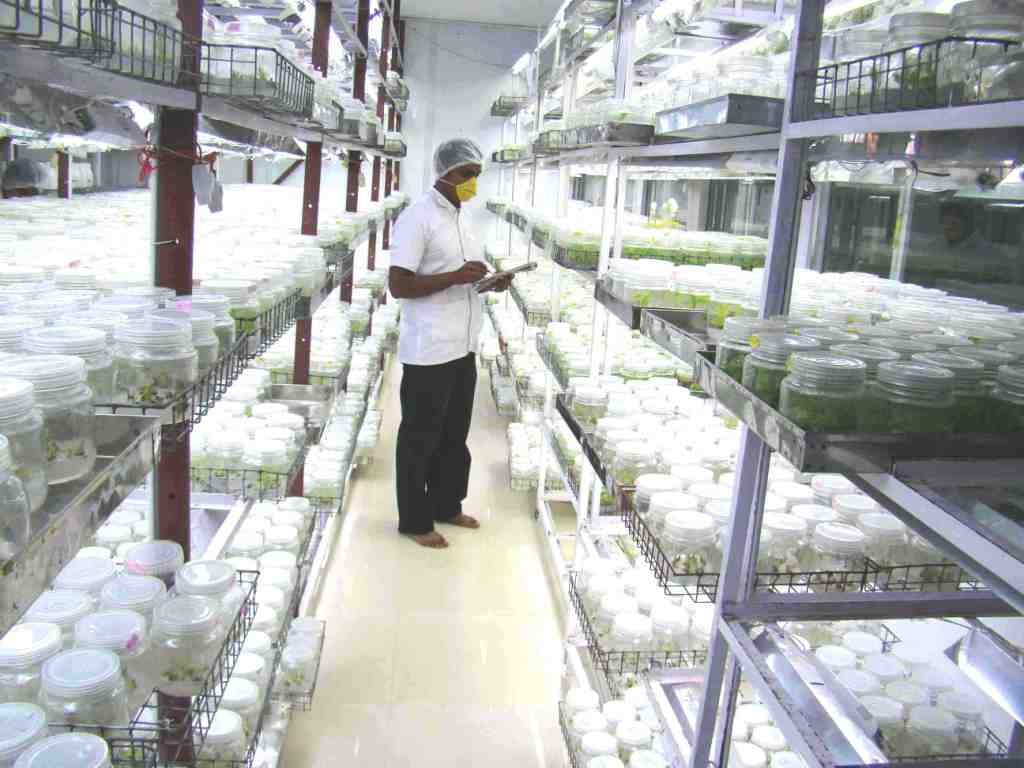News stories from India in early September reported that the Indian government will have within eight or nine months a new policy promoting rapid tramadolapproval of biotech crops to increase yields and feed its growing population. Kapil Sibal, federal Science and Technology Minister, told Reuters, “We intend to have a biotech policy as quickly as possible to supply to the farmers pest-resistant and drought-resistant seeds with high nutritional values.” India has had years of trials with biotech crops and in 2002 allowed transgenic cotton to be sold.
The decision by India to become a full participant in the biotechnology revolution in food production will likely affect domestic production and trade policies throughout the world. Other developing countries will have an alternative model to follow beyond the rejectionist policies of the European Union and the more open policies of the United States. India’s acceptance of biotechnology will make it increasingly difficult for nations to maintain barriers to trade based on concerns about consumption of food produced through biotechnology.
That biotechnology has a role to play in increasing food production in developing countries was made clear by the United Nations (UN) Food and Agriculture Organization (FAO) report on biotechnology in its 56th annual edition of The State of Food and Agriculture: 2003-2004. This 100 page review of biotech research and real experiences in developing countries laid out the opportunities and challenges of using biotechnology to improve the lives of millions of poor people in developing countries. The report stated that India is one of three developing countries, China and Brazil are the other two, which have the research capabilities and the financial resources to lead in developing biotechnology to meet the needs of small, resource-poor farmers.
India has a unique position in the world in efforts to expand the use of biotechnology beyond commercial farmers which has been the focus of much of the efforts in developed countries. India was a full participant in the Green Revolution of the 1960s and 1970s that brought hybrid seeds to subsistence farmers as a way to consistently feed a growing population. With a current population of just over 1.0 billion people and 1.37 billion by 2025 according to UN projections, food is still a critical issue. India has both the experience in transferring technology to farmers and the need to do so for the foreseeable future.
The outcome of recent parliamentary elections in India was driven in part by concerns that rural areas were being left behind in India’s recent economic growth. While much has been written about India’s high tech industry, farming continues to be the primary source of income for 65 percent of the population, 650 million people, and consumers spend 55 percent of their income on food. Agriculture accounts for about 25 percent of India’s GDP.
As noted in the FAO report, India has developed a substantial agricultural biotechnology research capacity and has the financial resources from its growing non-farm economy to sustain that capacity. It is one of the few countries with the money, technology and public policy needs to bridge the gap between the latest advances in biotechnology and the needs of subsistence farmers.
This technological base should allow India to create public-private partnerships, including foreign investment, which most other countries cannot coordinate. The transgenic cotton approved in 2002 was produced by Maharashtra Hybrid Seed Company which is 26 percent owned by Monsanto. The FAO report recognized that developing countries must access technology of private companies to aid them in developing crops and traits of importance to subsistence farmers in marginal production environments.
Biotechnology in the developing world has a much wider connotation than in this country. We think of it mainly as inserting a gene into a crop, but its use is much wider than that. The FAO report highlighted the use by researchers in India of the genome map of pearl millet, which grows in some of the hottest and driest areas of Asia and Africa, to search for resistance to downy mildew. Conventional breeding was used to transfer this resistance to popular hybrids.
India also has a wide range of crop production, with about one-third of the land irrigated and the rest subject to the uncertainties of the monsoon season. While the Green Revolution focused mostly on irrigated crops, the potential to develop drought tolerant crops through biotechnology gives new opportunities for dry-land production. According to Science and Technology Minister Sibel, at least seven biotech crops are being field-tested in India, including rice, potatoes and mustard.
This move toward a new regulatory framework for biotechnology in India is being done with proper regard for biosafety. Minister Sibel said, “Biotechnology and bio-safety must go hand in hand. That approach to www.tramadolpainpills.com
tramadol-faq.com
is consistent with one of the six main lessons from the FAO report, “Appropriate regulation is essential to command the trust of both consumers and producers, but duplicative or obstructionist regulation is costly and should be avoided.”
The FAO report confirmed that, “biotechnology is capable of benefiting small, resource-poor farmers.” India is taking a giant step toward turning that into reality. As India makes these changes, they will influence the debate worldwide about biotechnology in both food exporting and food importing countries.

